Cascabel Chilis: The Rattle That Packs a Punch – A Global Spice Adventure
Table of Contents
- Introduction: What Are Cascabel Chilis?
- A Historical Journey Across Continents
- Taste Test: Flavor Profile & Heat Level
- How to Use Cascabel Chilis in Your Kitchen
- Buying Guide: Choosing the Best Cascabel Chilis
- Comparison Table: Cascabel vs. Other Dried Chilis
- Cascabel Around the World: International Cuisine Spotlight
- Storage Tips: Keep Your Chilis Fresh and Flavorful
- Conclusion: Spice Up Your Life with Cascabels!
Introduction: What Are Cascabel Chilis?
Ever shaken a chili and heard a rattle? That’s the signature sound of a cascabel chili, named after the Spanish word for "rattle." These small, round chilis are like nature’s maracas — but instead of making music, they make magic in your food.
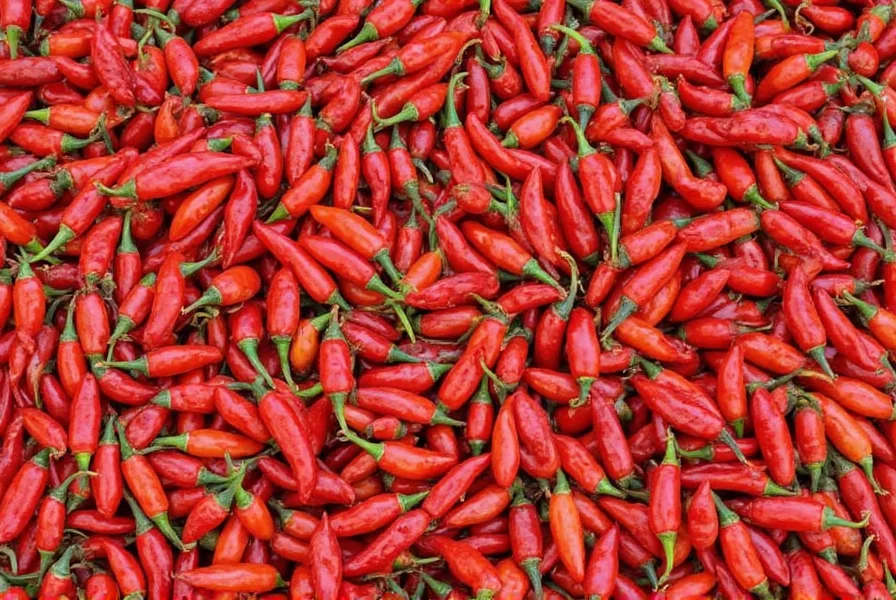
Native to Mexico, cascabels are often used in traditional salsas, sauces, and stews. Their flavor is rich, nutty, and slightly smoky, with a moderate heat level that makes them approachable yet exciting. Whether you’re a seasoned spice lover or just dipping your toe into global flavors, cascabels deserve a spot in your pantry.
A Historical Journey Across Continents
The story of cascabel chilis begins in Central America, where indigenous cultures have cultivated chilies for thousands of years. Long before Columbus arrived, these vibrant pods were prized not only for their flavor but also for their medicinal properties and spiritual significance.
When Spanish explorers made contact, they quickly fell in love with the fiery flavors of the New World. Cascabels made their way back to Europe and eventually found homes in kitchens across Asia, Africa, and beyond. Today, while still most commonly associated with Mexican cuisine, cascabels are gaining recognition worldwide for their unique flavor profile and culinary versatility.
Taste Test: Flavor Profile & Heat Level
If you could describe cascabel chilis as a person, they’d be the charming friend who knows how to liven up the party without going overboard. Let’s break down what makes them special:
- Flavor: Earthy, nutty, slightly smoky, and subtly fruity
- Heat Level: Mild to medium (around 1,000–3,000 Scoville Heat Units)
- Texture: Thin-skinned but pliable when rehydrated
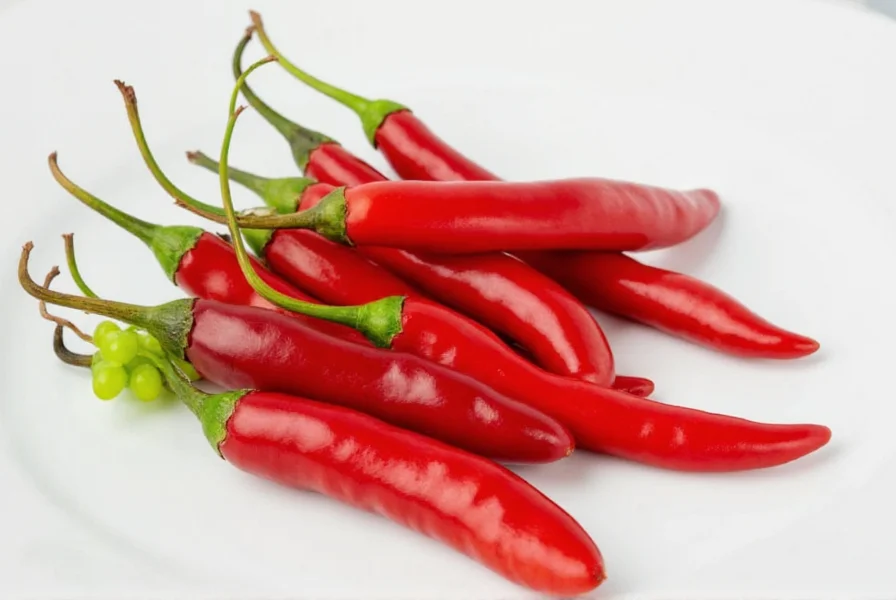
Unlike the blistering jalapeño or the face-melting ghost pepper, cascabels offer warmth rather than fire. They bring depth and complexity to dishes without overwhelming the palate. Think of them as the chili version of a well-aged red wine — bold enough to impress, smooth enough to sip on.
How to Use Cascabel Chilis in Your Kitchen
Cooking with cascabel chilis is like opening a treasure chest of flavor. Here are five creative ways to let them shine:
- Salsas & Sauces: Toast them lightly, then soak and blend with tomatoes, garlic, and onion for a rich, earthy salsa perfect for tacos or enchiladas.
- Marinades: Add ground cascabel to marinades for grilled chicken or pork to infuse a subtle kick and deep color.
- Stews & Soups: Toss a whole pod into soups or braises for background heat and flavor, removing it before serving.
- Dry Rubs: Mix cascabel powder with cumin, smoked paprika, and brown sugar for a killer barbecue rub.
- Beverages: Believe it or not, cascabels work wonders in cocktails! Try muddling a bit into a Bloody Mary or rimming a margarita glass with cascabel powder.
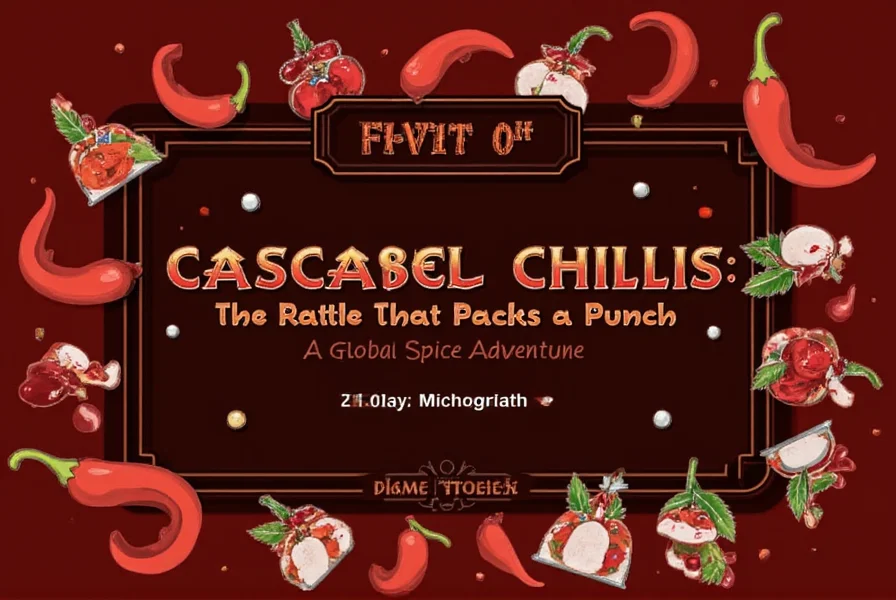
Buying Guide: Choosing the Best Cascabel Chilis
Not all cascabel chilis are created equal. When shopping, whether at a local market or online store, keep an eye out for these key indicators of quality:
| Feature | What to Look For | What to Avoid |
|---|---|---|
| Color | Bright reddish-brown, uniform hue | Faded, pale, or discolored skin |
| Texture | Firm but flexible; should bend slightly without breaking | Brittle or overly soft/moldy |
| Smell | Earthy, slightly spicy aroma | Moldy, musty, or stale odor |
| Rattle | Should produce a crisp rattle when shaken | No rattle or wet sound inside |
If you're buying in bulk or online, opt for reputable brands that source from Mexican farms known for high-quality dried chilies. Some top picks include:
- Goya Foods Cascabel Chilis – Perfect for beginners; affordable and widely available
- La Costeña Cascabels – Great for more advanced cooks looking for authentic Mexican flavor
- Spice Hunter Organic Cascabel Chili Powder – Ideal for easy seasoning without soaking or grinding
Comparison Table: Cascabel vs. Other Dried Chilis
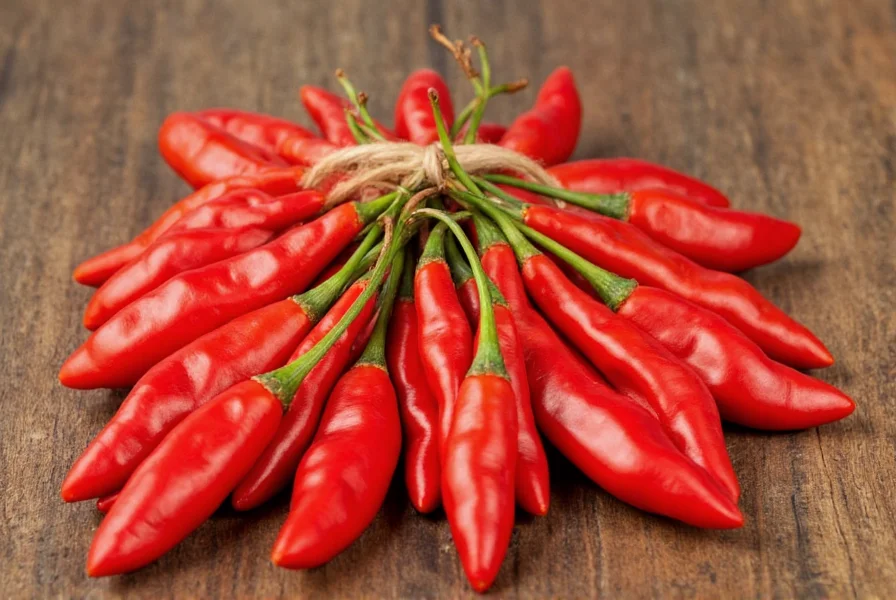
Let’s compare cascabels with some other popular dried chiles to see where they stand:
| Chili Type | Heat Level (SHU) | Flavor Notes | Best Use | Similar Substitutes |
|---|---|---|---|---|
| Cascabel | 1,000–3,000 | Nutty, smoky, slight fruitiness | Salsas, soups, dry rubs | Ancho, Guajillo, Pasilla |
| Ancho | 1,000–2,000 | Sweet, raisiny, mild | Moles, sauces, marinades | Pasilla, Cascabel |
| Guajillo | 2,500–5,000 | Tea-like, citrusy, berry notes | Salsas, tamales, pickled vegetables | Ancho, Cascabel |
| Pasilla | 1,000–2,500 | Grassy, dried fruit, licorice undertones | Moles, sauces, braised meats | Ancho, Cascabel |
| Morita | 15,000–30,000 | Smoky, tangy, intense | Smoked dishes, chipotle-style recipes | Chipotle, Habanero (for heat lovers) |
Cascabel Around the World: International Cuisine Spotlight
While deeply rooted in Mexican cuisine, cascabel chilis are beginning to appear on international menus — sometimes in surprising ways. Here’s how different cultures are incorporating cascabels into their cooking:
- Mexico: Classic use in salsa de cascabel, soups, and moles.
- United States: Used in fusion tacos, craft hot sauces, and even chili chocolates.
- Spain: Occasionally added to tomato-based sauces for paella or gazpacho variations.
- Japan: Finding its way into ramen broths and chili oils for a subtle, warming kick.
- Australia: Appearing in gourmet jerky and bushfire-inspired BBQ blends.
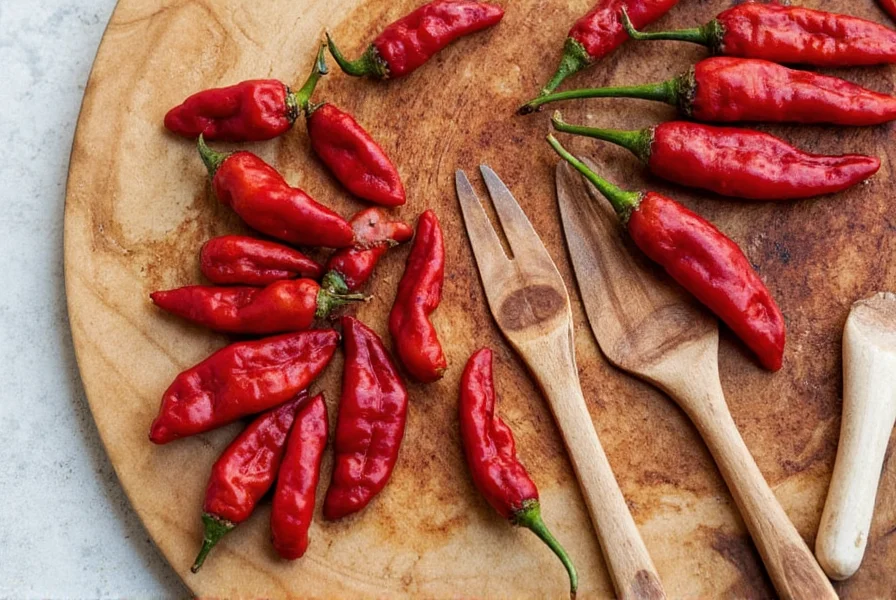
Storage Tips: Keep Your Chilis Fresh and Flavorful
Like any good spice, cascabel chilis can lose potency if not stored properly. Follow these tips to preserve their flavor for months:
- Store whole dried chilis in an airtight container away from light and moisture.
- Keep in a cool, dark place like a pantry or spice drawer (not next to the oven).
- If using powdered cascabel, seal tightly and use within 6 months for best flavor.
- To freeze, place in a sealed bag and store flat — great for quick access when grating or chopping.
Conclusion: Spice Up Your Life with Cascabels!
Cascabel chilis may be small, but they pack a mighty punch — both in flavor and history. From ancient Mesoamerican roots to modern-day kitchens around the world, cascabels continue to charm chefs and home cooks alike.
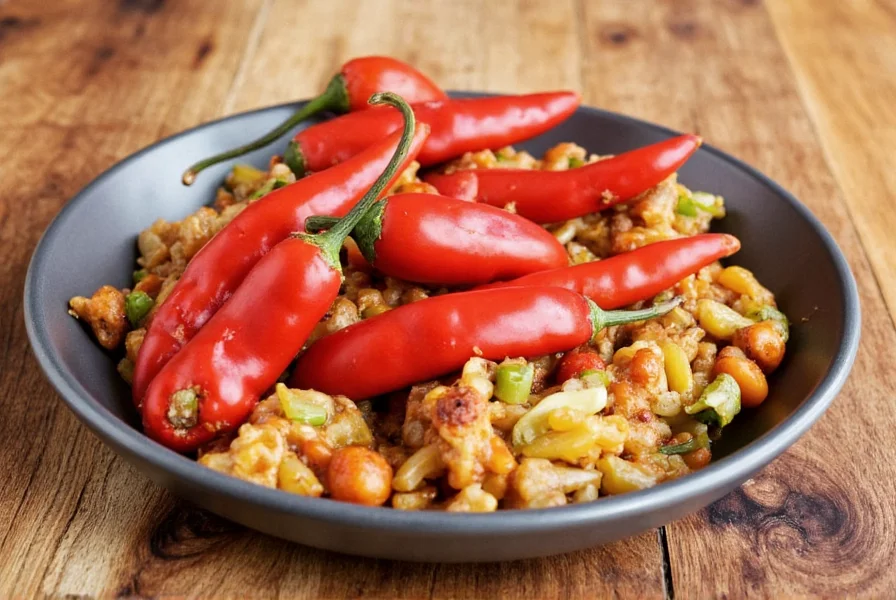
Whether you’re spicing up your morning eggs, adding depth to a winter stew, or experimenting with global flavors, cascabel chilis are a versatile and rewarding addition to your spice rack. So next time you hear a rattle in your spice jar, don’t be surprised — it might just be a cascabel ready to transform your meal into something unforgettable.











 浙公网安备
33010002000092号
浙公网安备
33010002000092号 浙B2-20120091-4
浙B2-20120091-4